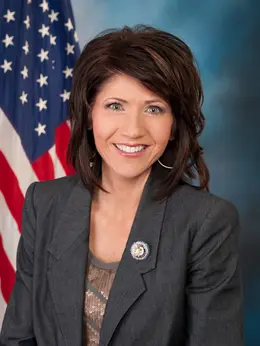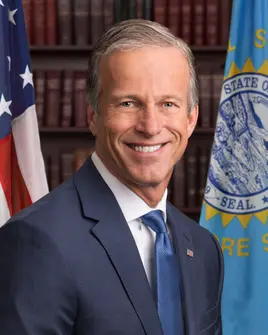As South Dakota confronts the future of direct democracy, the 2025 legislative session becomes a pivotal moment in shaping its initiative and referendum process. Republican lawmakers have proposed an increasing number of restrictions, questioning whether the state has soured on its groundbreaking, citizen-driven policy-making system established in 1898. Known for allowing grassroots involvement in legislative affairs, South Dakota’s direct democracy mechanisms have led to impactful reforms, from Medicaid expansion to minimum wage increases—often against the grain of conservative legislative preferences.
House Joint Resolution 5003, one of the most prominent proposals of 2025, seeks to raise the voting threshold for passing constitutional amendments from a simple majority to 60%. Should it succeed, South Dakota would align with the benchmark set by states like Florida and Illinois. This legislative proposal comes amid a broader push to increase barriers for ballot initiatives, mirroring a wider national trend of reevaluating the balance of direct and representative democracy.
Despite repeated attempts, South Dakotans have staunchly defended their right to direct democracy. Amendment C, for example, failed in 2022, illustrating reluctance to relinquish their historic bargaining tool against the political establishment. These legislative pushes highlight the ongoing debate over whether such citizen-involved processes are still feasible in an increasingly complex political landscape.
Direct democracy is not merely a procedural matter; it affects real-world issues directly impacting South Dakotans. Initiated Measure 21, passed in 2016, exemplified this by capping payday loan interests at 36%, putting the state on the map for consumer protection against predatory lending practices. Similarly, the initiative for raising the minimum wage with adjustments for inflation paused debates and brought about substantive policy changes that continue to affect South Dakota’s economic landscape.
The role of out-of-state funding remains a contentious issue. Campaigns for and against various ballot measures have both benefited from significant financial influxes from national advocacy groups, shaping the political dialogue in ways that make some lawmakers uneasy. Critics, like Rep. John Hughes of Sioux Falls, argue that these external influences steer local policymaking away from the values held by South Dakota’s citizens.
Hughes’ critique of out-of-state influence aligns closely with the concerns voiced during legislative debates over House Joint Resolution 5003. Such influences have catalyzed prominent local voices to call for preserving and protecting the integrity of South Dakota’s citizen-involved legislative mechanisms.
Rick Weiland, co-founder of Dakotans for Health, underscores the necessity of maintaining these democratic processes. He highlights that grassroots efforts, while at risk from restrictive legislation, embody the voice of an active electorate willing to challenge the status quo. “They’re attempting to orchestrate the death of direct democracy by a thousand cuts,” Weiland asserts, reflective of the fervor that surrounds each ballot initiative and legislative maneuver.
Federal courts have occasionally intervened to uphold the right to petition, recognizing it as central to political speech and democracy. This national backdrop underscores the importance of safeguarding constitutional rights against state-level legislative overreach. As South Dakota grapples with the challenges and opportunities of direct democracy, it must reckon with its historic role as an incubator of citizen-driven governance.
With political tides shifting, South Dakota’s landscape is poised for further evolution. Governor Kristi Noem and Senators John Thune and Dusty Johnson prepare for new challenges in Washington, leaving behind a state clinging to the delicate balance between entrenched political frameworks and the grassroots activism that has characterized its political life for over a century.
The outcome of these legislative efforts will help determine the trajectory of direct democracy in South Dakota, ensuring it continues to serve as a model—or cautionary tale—for states across the nation looking to leverage citizen involvement amidst changing political climates.

Kristi Noem
As stakeholders on all sides of the debate engage with and challenge these legislative proposals, South Dakotans must decide if direct democracy will withstand the pressures of evolving political landscapes or succumb to the forces of restrictive legislation. The enduring spirit of South Dakota’s experiment with democracy rests on its people, echoing a democratic legacy that has withstood the test of time.

John Thune
For more information and ongoing coverage, contact Stu Whitney at South Dakota News Watch.